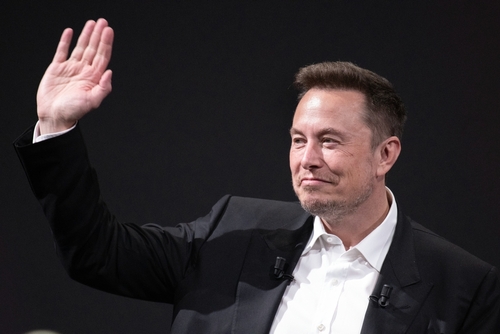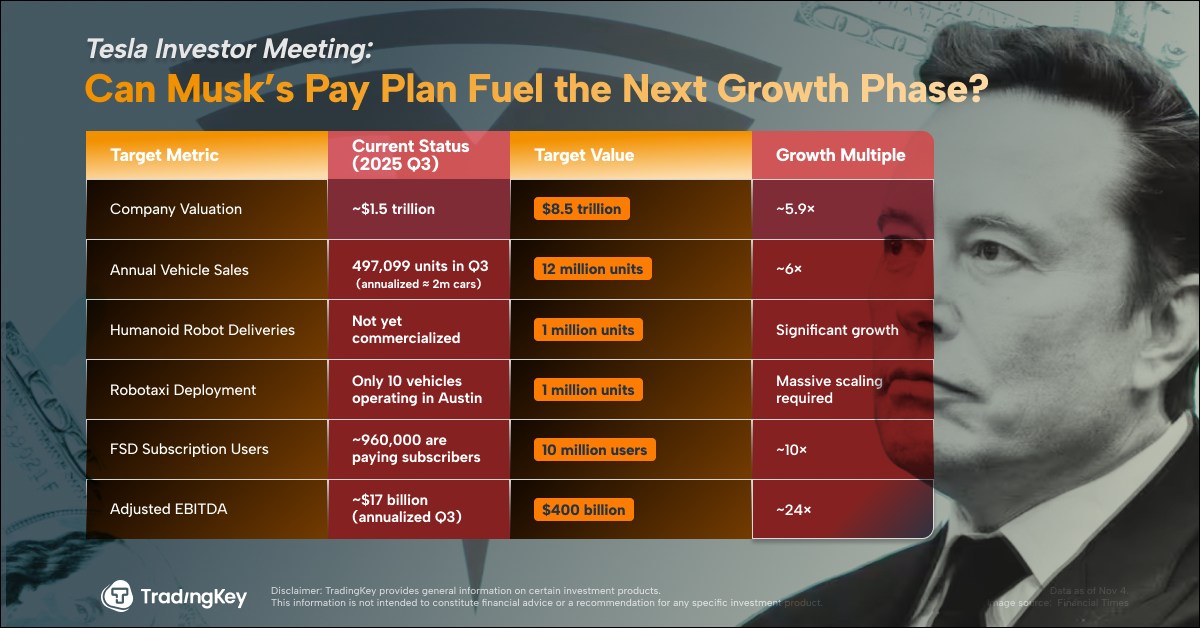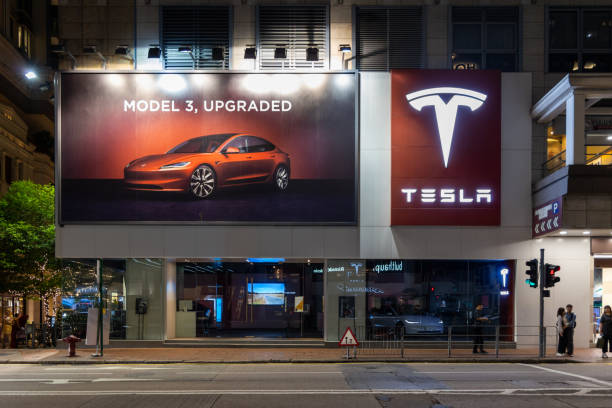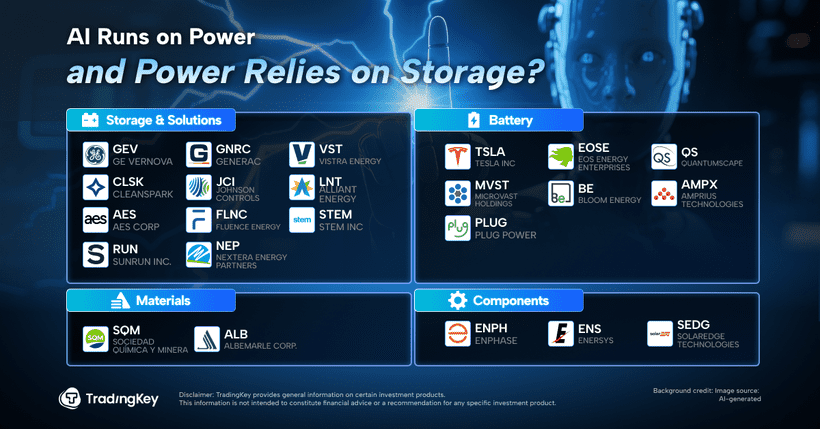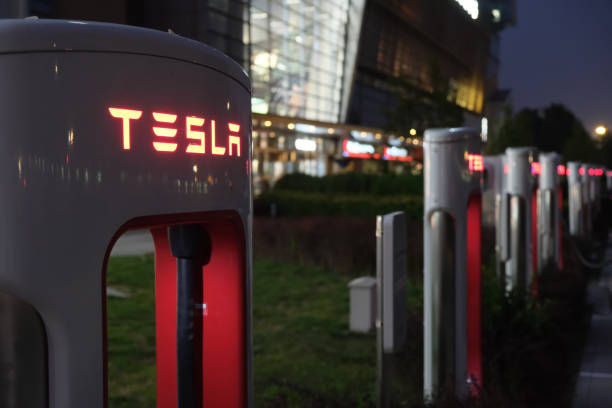Musk's Robotaxi Push Heats Up. Will It Make or Break Tesla's Future?
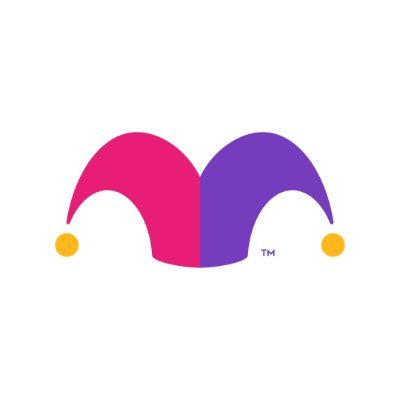
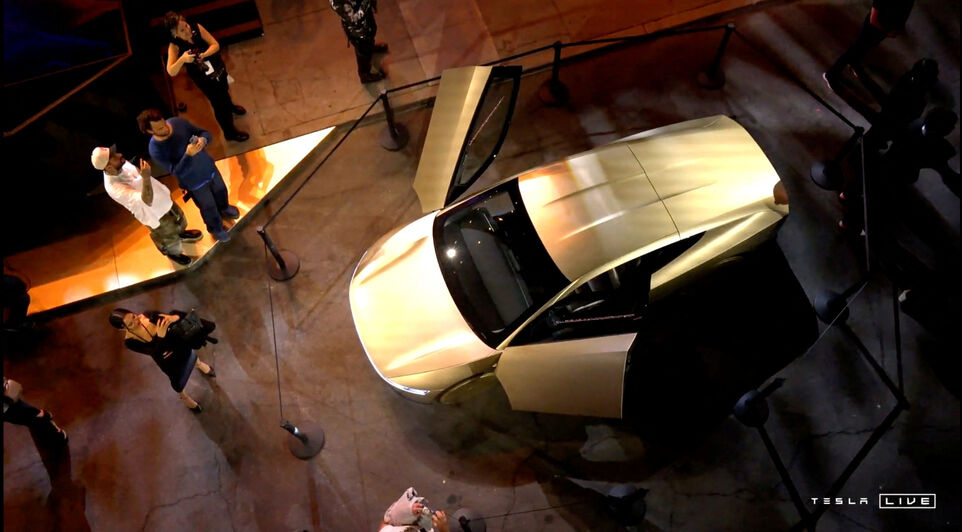
Key Points
- Tesla's core auto business has been struggling.
- As such, investors are putting a lot of hope on its recently launched robotaxi business.
- The soft launch is already experiencing some issues.
- These 10 stocks could mint the next wave of millionaires ›
It's been a tough past year or so for Tesla (NASDAQ: TSLA) operationally. Its core electric vehicle (EV) business has been struggling. Automotive revenue dropped 20% year over year in the first quarter. Meanwhile, deliveries have now fallen for two straight quarters, including a 14% decline in the second quarter.
Tesla is dealing with issues on multiple fronts. In China, the world's largest EV market, it is seeing rising competition from local automakers. The same is also true in the U.S.
CEO Elon Musk also isn't helping matters. His polarizing political involvement has likely alienated many of the very consumers who've historically supported the EV movement. Meanwhile, Musk has also recently turned on President Trump after helping fund his election, and is now talking of forming his own political party. The result is that Musk has now angered many consumers of both sides of the political aisle, which could further impact sales.
Robotaxi ambitions
Despite the red flags around Tesla's core business, bulls are pinning their hopes on Telsa's robotaxi business.
Musk has promised for years that fully autonomous vehicles were just around the corner. He's made a long string of predictions, none of which have materialized. This includes saying that Tesla would have full self-driving cars by 2018 and that it would have a million robotaxis on the road by the end of 2020.
Now, in mid-2025, Tesla has finally launched its first paid robotaxi service in Austin, Texas, but the early rollout raises more questions than it answers. The service is tightly geofenced, invitations to use the service have been limited to Tesla fans, and the robotaxis still require a Tesla employee in the passenger seat. That safety monitor has access to an emergency stop button, which has already been used to prevent accidents, although one safety driver couldn't keep a robotaxi from bumping into a parked car.
The vehicles being used are also not the futuristic "Cybercabs" the company unveiled at a big event last year, they are Model Ys. Essentially, this is a prototype dressed up as a product.
Several videos have already surfaced showing the robotaxis making basic driving errors, including stopping in intersections, veering into the wrong lane, or exceeding speed limits. This is worrisome, and local officials are starting to take notice. Austin City Council members have voiced concerns over safety and Tesla's unwillingness to work with the city. Unlike competitors like Alphabet's Waymo, which has collaborated with local governments, Tesla has taken a more dismissive approach, which adds both safety and regulatory risks.
Meanwhile, Waymo has a big head start. The company has been running paid, driverless rides since 2022 in cities like Phoenix and San Francisco, and it's now beginning to expand to other cities, in some cases in partnership with Uber. Its vehicles use a combination of cameras, radar, and lidar. Tesla, by contrast, relies only on vision-based cameras and neural nets.
Experts are skeptical of Tesla's camera-only approach. Researchers from U.C. Berkeley and Carnegie Mellon University have pointed out issues like "phantom braking," lane confusion, and the lack of redundancy that radar or lidar provides. While Tesla's system can be trained to handle most conditions, critics worry that its vehicles struggle with the unexpected, like inclement weather or complex traffic patterns.

Image source: Getty Images.
Is Tesla stock a buy?
While Tesla's robotaxi vision may eventually pan out, it's far from being a slam dunk. There is also the question of its business model. Thus, far, it has mostly given rides to influencers, many of whom are already Tesla loyalists. But Musk has done a lot of brand damage, and that could certainly extend to its robotaxi business, as well. The business model would seemingly work best in cities, which often tend to have a liberal bent.
Now this doesn't mean Tesla can't eventually build a successful robotaxi business, but with its EV segment under pressure, the stock now depends heavily on a product that doesn't yet work, in a market that's highly regulated, and where a major competitor is years ahead.
Trading at a forward price-to-earnings (P/E) ratio of more than 150 times 2025 analyst estimates, Tesla's valuation still reflects a future where autonomous driving becomes mainstream, and where Tesla, not Waymo or another company, is the dominant player. That's a huge bet, and right now, it wouldn't be the robotaxi company I'd wager on.


